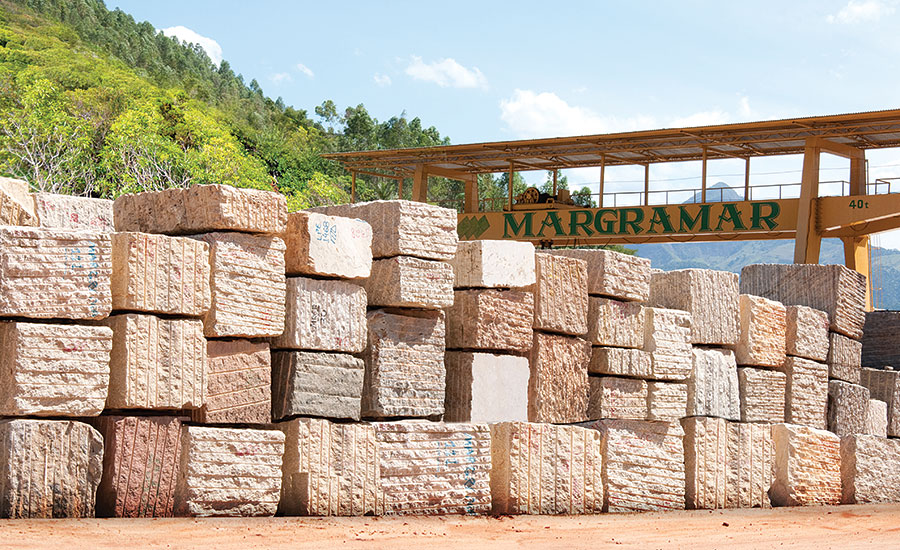Granite Quarries in South Africa Marvels: Discovering the Quarry Landscape
Revealing the Mysteries of Granite Quarrying: Where Toughness and Sophistication Meet
The globe of granite quarrying is a realm where the raw stamina of nature assembles with human virtuosity to create structures that stand the examination of time with an air of style. From the midsts of quarries to the meticulous polishing in workshops, the procedure of changing granite right into building wonders is a complex dance of custom and advancement. As we peer right into the midsts of this old craft, we start to uncover the covert ins and outs that form the extremely significance of our constructed setting.
The Beginnings of Granite Quarrying
In the annals of architectural history, the origins of granite quarrying are shrouded in a tapestry of ancient craftsmanship and geological marvels. Dating back to old Egypt and Mesopotamia, the removal of granite from quarries noted the start of a trip that would at some point lead to the development of a few of the world's most famous frameworks.
Granite quarrying's roots can be traced to the experienced artisans that identified the stone's sturdiness and visual allure. With a mix of primitive devices and large determination, these very early quarry employees uncovered granite blocks that would certainly come to be the foundation of human beings.
As human beings evolved, so did the techniques of quarrying granite. The Romans, renowned for their design prowess, developed advanced techniques for drawing out granite to build monuments, temples, and roadways that stood the examination of time.
The legacy of these old quarrying techniques remains to form contemporary architecture, with granite remaining a symbol of strength and elegance in construction tasks around the world. (granite quarries in south africa)
Tools of the Quarrying Profession
The development of granite quarrying methods from ancient human beings to modern-day times highlights the essential duty played by the tools of the quarrying trade in forming the sector's techniques. In ancient times, quarrying devices were fundamental, typically including knives, hammers, and wedges made from materials like bronze or iron. These devices needed substantial manpower and time to extract granite obstructs from quarries.

Furthermore, the intro of pneumatically-driven devices and high-powered machinery has substantially minimized the physical labor needed in quarrying procedures, enhancing employee safety and efficiency. As the quarrying sector continues to innovate, the tools of the profession continue to be at the center of driving progression and forming the future of granite extraction.
Extracting Blocks of Granite
Utilizing accuracy equipment and advanced techniques, the extraction of Get More Information granite obstructs from quarries has actually ended up being an advanced process in the modern-day quarrying sector. The preliminary step involves recognizing the place and size of the granite deposit to establish one of the most effective extraction approach. When a suitable website is chosen, the extraction procedure starts with the drilling of openings for the placement of explosives. Regulated blasting techniques are then employed to damage apart the granite into convenient sections.

Polishing and Ending Up Strategies
To attain a perfect surface on granite blocks, skilled craftsmens utilize a series of meticulous sprucing up and ending up techniques. After the initial removal and shaping procedures, the granite blocks undergo a thorough sprucing up phase to boost their all-natural charm and durability. One usual technique used in brightening granite is ruby abrasion, where industrial diamonds are used to grind and brighten the stone to a smooth coating. This process not just produces a lustrous surface but likewise ensures uniformity in shade and structure throughout the granite block.
In enhancement to polishing, ending up techniques are applied to additional improve the granite's look. These techniques may consist of flaming, sharpening, or brushing, each offering special textures and finishes to fit various visual preferences. Flaming, for instance, entails subjecting the granite surface to heats to develop a rough, distinctive finish, ideal for outside applications where slip-resistance is crucial. Honing, on the other hand, offers a matte finish that is smooth to the touch, ideal for indoor counter tops and floor covering. By very carefully picking and using these brightening and ending up strategies, craftsmens can change raw granite blocks into splendid pieces that showcase both strength and beauty.

Ecological Impact and Sustainability
With the expanding focus on ecological consciousness in the sector, granite quarrying methods are significantly scrutinized for their effect on natural sources and lasting sustainability. Quarrying for granite can have considerable ecological implications. The extraction procedure frequently entails the use of heavy equipment, nitroglycerins, and big quantities of water, leading to habitat damage, dirt erosion, and water contamination. In addition, the transport of granite from quarries to processing facilities produces carbon exhausts, further adding to ecological destruction. granite quarries in south africa.
To minimize these impacts and ensure sustainability in granite quarrying, industry stakeholders are embracing different actions. Applying advanced technologies to reduce energy consumption and water usage, reclaiming quarried land for ecological remediation, and promoting accountable sourcing methods are some methods being used. In addition, qualifications such as the Woodland Stewardship Council (FSC) and the Management in Power and Environmental Layout (LEED) aid customers determine ecologically friendly granite products.
Final Thought
Finally, granite quarrying is a process that calls for specialized tools and strategies to essence blocks of granite and polish them to a high degree of finish. While the ecological effect of quarrying can be significant, initiatives are being made to enhance sustainability practices in the market. In general, granite quarrying is a delicate balance between harnessing the stamina and elegance wikipedia reference of this all-natural stone while decreasing its influence on the setting.